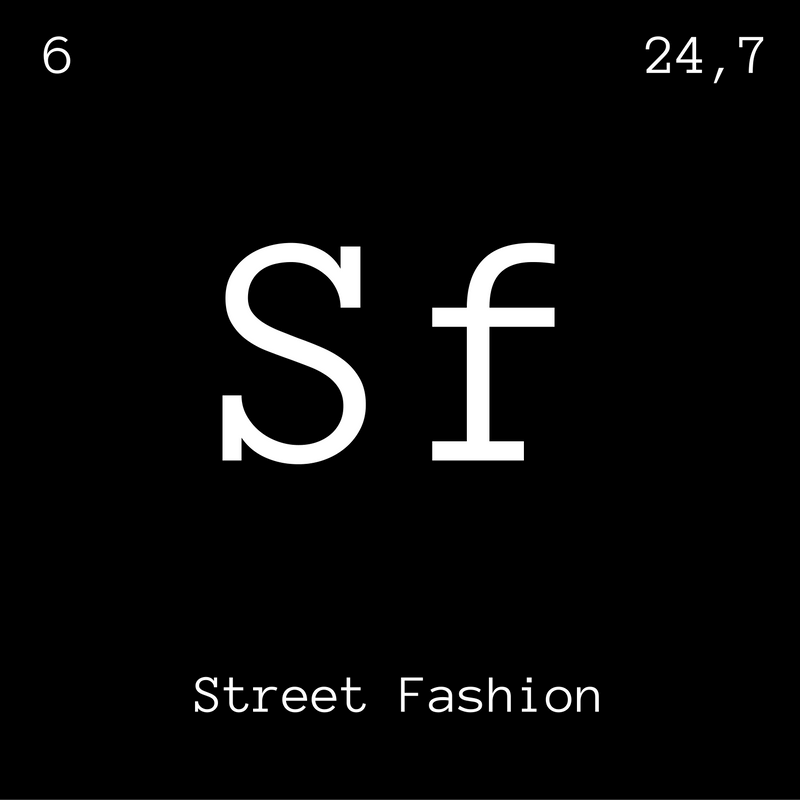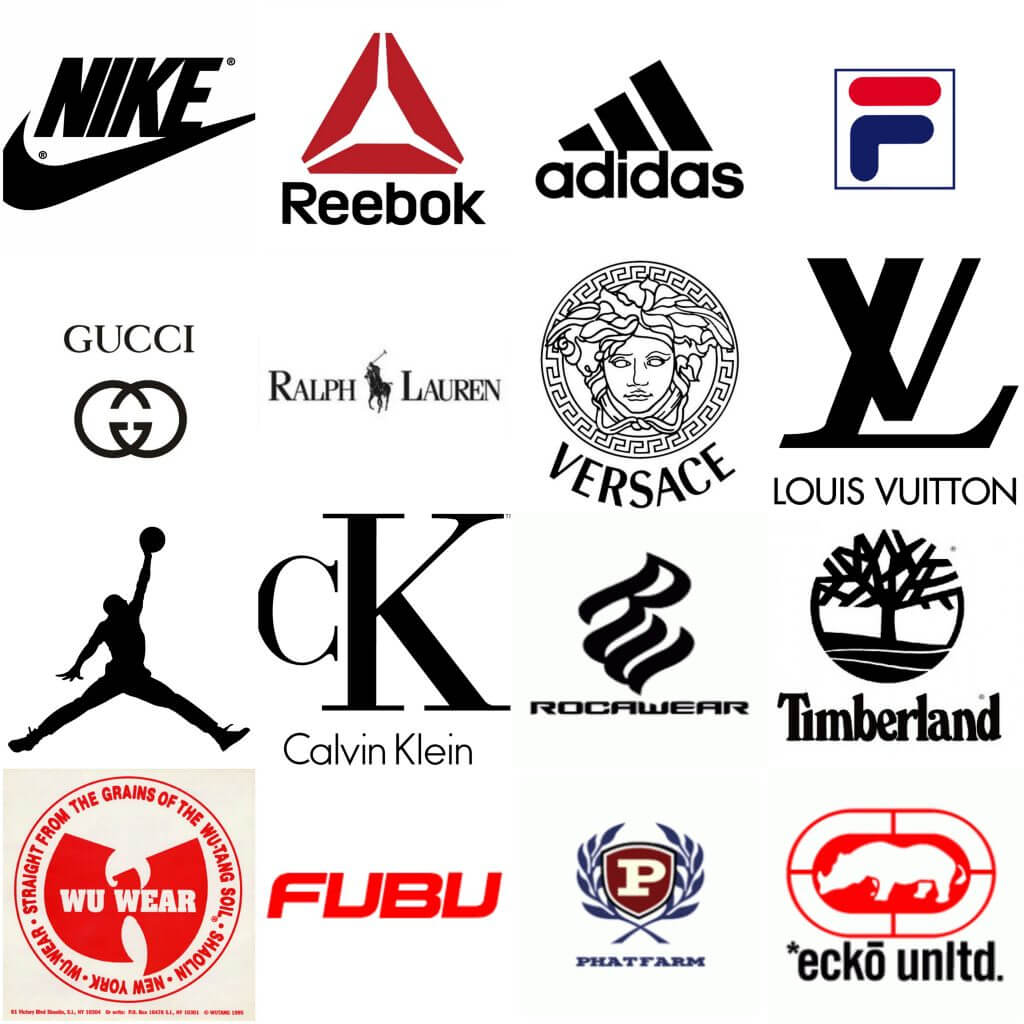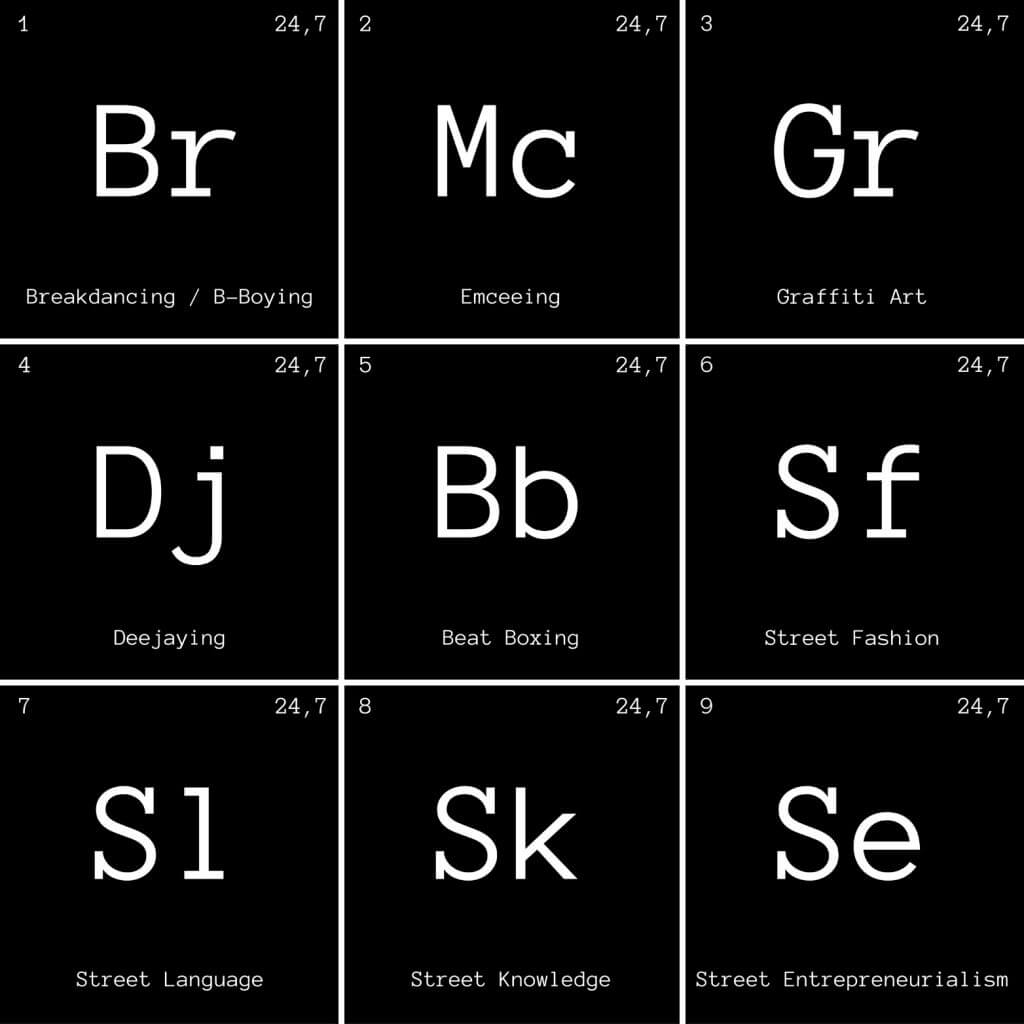
Hip Hop and fashion have a long, colorful history together that has encouraged experimentation and innovation in human expression. Hip Hop fashion has always been multi-faceted, not exactly defined in any single style but rather a plethora of different ones all affected by geography, personal views or narrative, and a variety of other factors.
These many different tastes in fashion were not necessarily the product of artistically oriented education or traditions passed down, but instead by everyday people trying to express themselves in a way that was unique to them. Originally counter-cultural in nature, these trends are now a defining factor of mainstream fashion and American pop culture. Famed designer and creative influencer, Frank the Butcher, said this of early Hip Hop fashion: “Hip Hop was one of the first music genres that was born of the common people. With any other genre of music there was potentially a costume or some sort of uniform that separated the entertainer from the average person. Hip Hop was the genre of music where it was accepted, promoted, and preferred that the artist looked like the fan.”
While this may have been true in many Hip Hop acts through the 80’s and 90’s and into today, many will remember the disco-influenced pageantry of Grandmaster Flash and the Furious Five. While this era of Hip Hop fashion was short lived and not fondly remembered, it is true that in the beginning Hip Hop was a flashy show for clubs and parties. The fashion and the musical style began shifting as the B-boy rose to prominence and Hip Hop entered into the world of commercialization. B-boys, as a dancing-centric subculture in Hip Hop, needed clothes that allowed for the performance of a variety of intricate moves and steps. This need addressed by athletic wear led to brands such as Reebok, Nike, FILA, and Adidas rising in popularity. All clothing brands that the average person might wear day to day now granted new purpose.
https://www.youtube.com/watch?v=JNua1lFDuDI
One of the most pivotal moments in the athletic wear niche was the release of Run DMC’s “My Adidas,” which heralded Hip Hop’s dominance of the fashion industry ever since. Run DMC’s partnership with Adidas not only led to increased sales for Adidas but also spurred business possibility in a newly commercialized art form.
Around the same time-period, the aspirational aesthetic became more commonplace and remains both a stigma and reality of Hip Hop culture today. This refers to the adoption of names like Louis Vuitton, Versace, Polo Ralph Lauren and more by the African American youth. These brands, while initially intended for high-income whites, gained a more diverse and less elitist image over time, as many adopted and augmented the styles to work with Hip Hop’s take on fashion. Wearing luxury clothing signaled to fans that Hip Hop artists had broken the mold to reach economic achievement as well as a more refined taste in their musical success. For those growing up in poverty, it was the ultimate middle finger to the systems and other forms of oppression that had long kept these items out of reach for many in the African American community.
Eventually, the larger names in Hip Hop entered the fashion industry, not as consumers, but as producers. Jay-Z, Russel Simmons and more catered a new age of fashion for the Hip Hop generation in the form of FUBU, Rocawear, Phat Farm, Marc Ecko and Wu-Wear. These new enterprises broke the glass ceiling of Hip Hop and turned rappers into more than musicians; now tastemakers, influencers, and entrepreneurs.
Today these efforts have inspired the new generation to break the chains of limitation, forging careers in fashion, film, and almost all other facets of art, business, and culture. Creative young minds like A$AP Rocky, Pharrell, and Tyler The Creator have left an undeniable footprint on the worlds of casual and high fashion alike. In the words of Notorious B.I.G., Hip Hop had gone from “ashy to classy” as minds like these prove the power of Hip Hop and remind us all as to how far our art and culture have come, all thanks to the perseverance and style of Hip Hop’s earliest pioneers.

